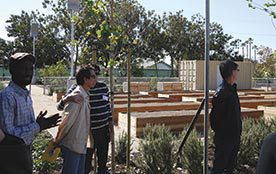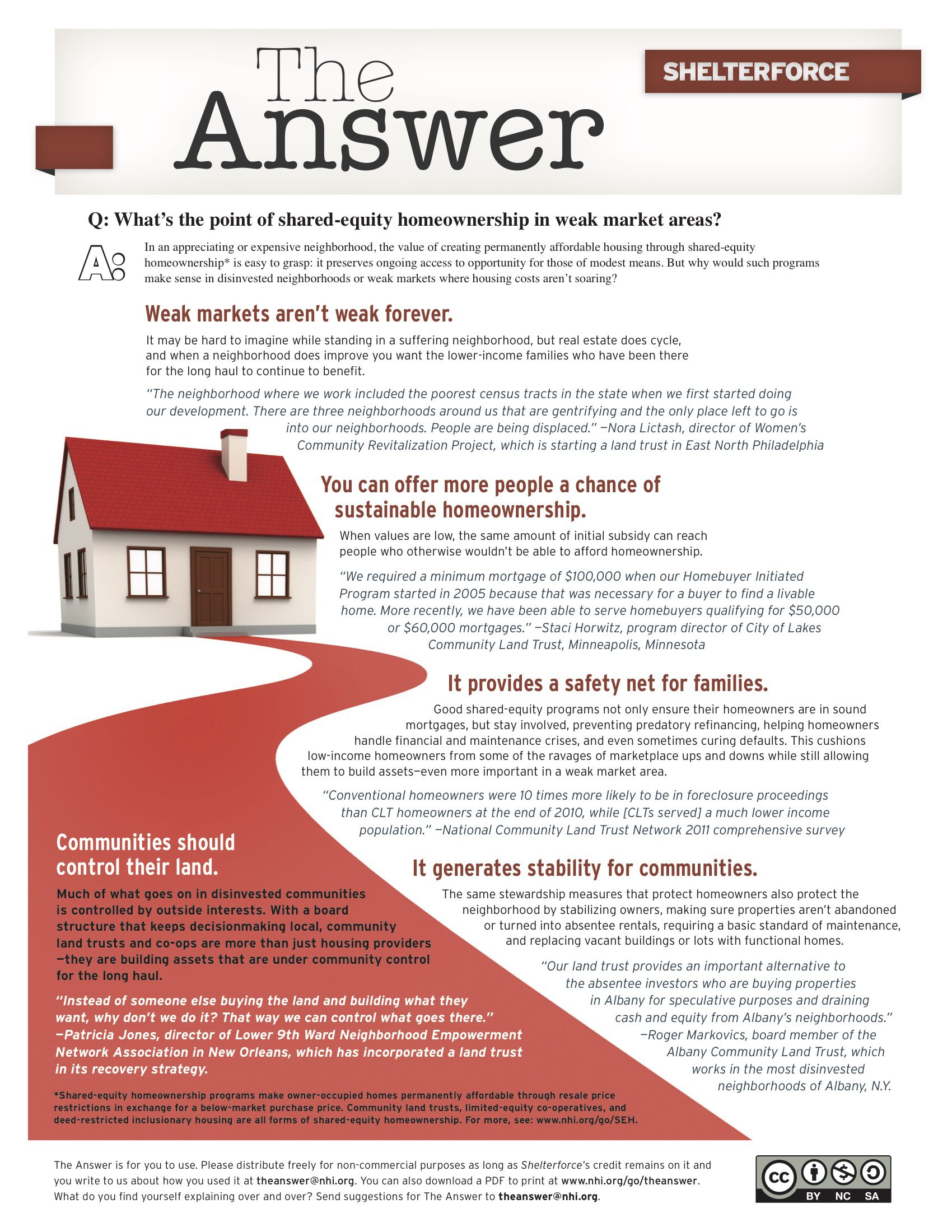
© George Villanueva
All across our communities are wonderful parks, fields, and playgrounds … behind locked fences, or marked with big warning signs that they are only for use by supervised school children during school hours. The twin forces of liability lawyers and helicopter parenting have contributed to a phenomenon where one kind of public space — school grounds — is prevented from serving as open or recreational space in its off hours, often in the neighborhoods that need it most.
But with the help of the public health field, which sees recreational space as a key piece in the fight against childhood obesity, and legal arrangements called joint use agreements to calm the nerves of school districts’ lawyers, many neighborhoods are turning the tide. In 2008, Seattle set out to coordinate a comprehensive joint use and scheduling arrangement between its schools and its parks department. Last year, New York City’s Schoolyard to Playground Initiative opened its 200th playground to the public for afterschool and weekend hours. Now 71 percent of New Yorkers live within a 10-minute walk of a park or playground.
The Los Angeles Neighborhood Land Trust (a conservation group), the University Muslim Medical Association, and the Los Angeles Unified School District have partnered to create a wellness center and community garden on the grounds of John C. Fremont High School in South Los Angeles, a historically low-performing school located in a neighborhood with a dearth of green space. The project, which opened December 2012, involved the broader community in its design, and the gardens will be open to community members. Though their publicity is focused on public health benefits such as “learning about growing healthy food,” our articles in this issue on the many important roles of community gathering spaces make us think the benefits of creating such a space could be quite a bit broader.
Read more
- Health/neighborhood connection
- Seattle
- New York
- Fremont project
- Round up on shared use of school facilities
- Joint use agreement checklist and model documents
Correction
In the print version of the magazine we mistakenly identified the Land Trust Alliance as a partner in the Fremont Wellness Center. The actual partnering organization is an LTA member, the Los Angeles Neighborhood Land Trust.




Comments